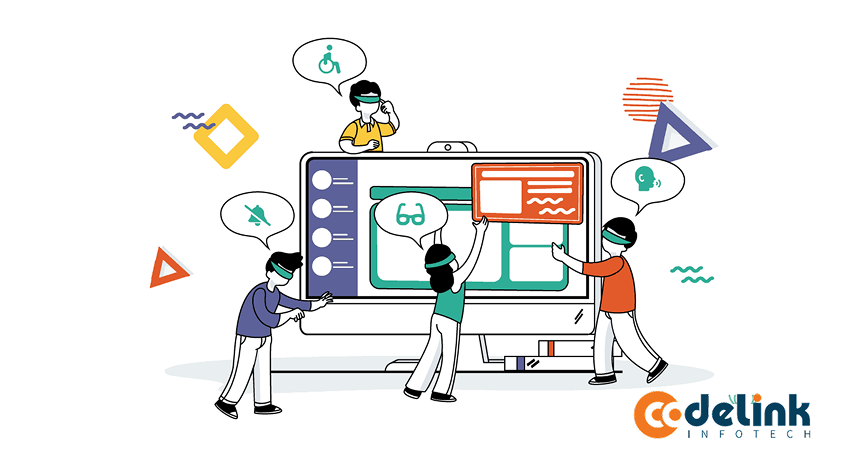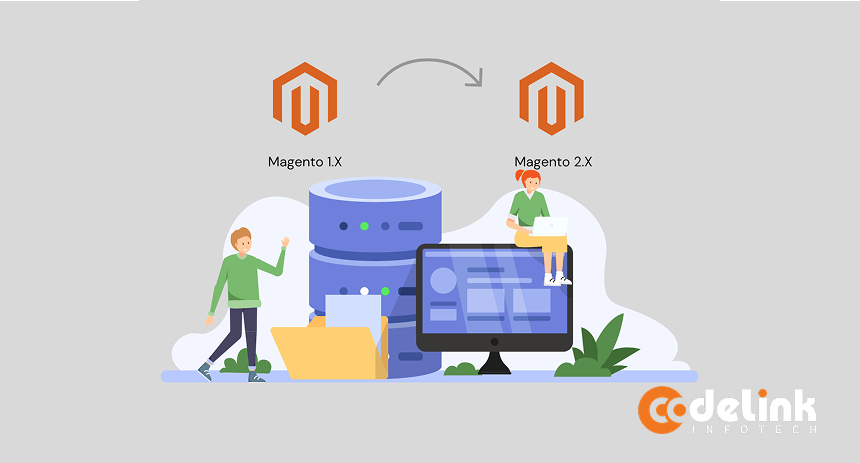In today’s interconnected world, the web is a crucial part of our daily lives, serving as a gateway to information, communication, and opportunity. However, many factors can limit inclusivity. This comprehensive article explores strategies and approaches to make the web better for everyone. By focusing on design, accessibility, and user-centered development, we can bridge gaps and ensure people from all backgrounds can fully participate in and benefit from the web’s vast resources.
1) Design: Building Intuitive and Engaging Interfaces
The Importance of Visual Hierarchy
Visual hierarchy is essential in web design for guiding users and prioritizing content. By leveraging elements like size, color, and contrast, designers can create intuitive interfaces that help users navigate with ease. Proper use of headings, subheadings, and paragraph styles enables users to quickly scan and find the information they need.
Responsive Web Design for Seamless Accessibility
With users accessing the web from a variety of devices, it’s vital to apply responsive web design principles. Responsive design ensures websites adapt smoothly to different screen sizes, including mobile devices and tablets. This approach enhances accessibility and delivers an optimal user experience on any device.
Utilizing White Space and Simplicity
To achieve visually appealing web design, avoid overwhelming users with cluttered layouts and excessive information. Strategic use of white space adds elegance and improves readability. Simplicity should be the guiding principle, focusing on the core message and eliminating unnecessary distractions.
More: Reasons Why UX is Important for Website Development
2) Accessibility: Empowering Users of All Abilities
Alt Text for Images
Providing alternative text (alt text) for images is a fundamental aspect of web accessibility. Alt text is read by screen readers, allowing visually impaired users to understand the context and purpose of images. Including descriptive alt text ensures content is accessible to everyone.
Keyboard Accessibility for Seamless Navigation
Many users rely on keyboard navigation due to motor disabilities or other challenges. It’s crucial to design websites that can be navigated using only keyboard inputs. Features like logical tab order and visible focus indicators enable individuals with mobility impairments to access and interact with web content easily.
Captioning and Transcripts for Multimedia
Multimedia elements such as videos and podcasts are widespread online. To ensure equal access, provide captions and transcripts for these formats. Captions help those with hearing impairments understand audio content, while transcripts offer an alternative for those who prefer or require reading.
3) Designing for Diversity: Embracing Differences
To create a truly inclusive and intuitive web experience, it’s important to embrace users’ cultural, linguistic, and cognitive differences. By recognizing and accommodating these diversities, we can enhance user experiences and ensure everyone feels welcome and valued. This is achieved through thoughtful design choices that consider different languages, cultural contexts, and cognitive abilities. Embracing diversity helps create a web environment that is accessible and enjoyable for all.
4) Performance Matters: Keep the Web Fast and Accessible!
Website speed and accessibility are critical for delivering a positive user experience. Optimizing performance ensures information is readily available and enhances user satisfaction. Fast-loading pages and efficient navigation contribute to a seamless browsing experience, keeping users engaged. By prioritizing performance, we make the web accessible to all, regardless of internet connection or device capabilities.
More: Have A Non-Performing Website? What To Do Next?
5) Privacy: Safeguarding User Trust
In today’s digital landscape, privacy and data protection are essential for building trust between users and websites. Users expect their personal information to be protected and handled responsibly. By implementing strong privacy measures, websites can foster trust and create a secure online environment. Respecting privacy includes obtaining informed consent, transparent data practices, and ensuring user data is securely stored. Prioritizing privacy helps establish a trustworthy relationship with users, promoting confidence and loyalty.
6) Collaboration for Progress: The Power of Open Source
Open source software is a driving force for innovation and collaboration in web development. By adopting open-source approaches, developers can leverage the collective expertise and creativity of a diverse community. Community-driven development fosters inclusivity and adaptability in the web ecosystem. Open source projects encourage collaboration, knowledge sharing, and continuous improvement. The power of open source lies in empowering developers to create innovative solutions and address evolving user needs. Embracing open source helps build a more inclusive and dynamic web for everyone.
Why Choose Our Team for Web Development?
At Codelink Infotech, we are passionate about creating inclusive and user-friendly web experiences. Our team is made up of highly skilled designers and developers who prioritize design, accessibility, and user-centered development. Here’s why we’re the ideal choice for your web development needs.
We have extensive experience designing visually appealing and accessible websites. Our designers are experts in creating intuitive interfaces, employing visual hierarchy, and optimizing user experience. We understand the importance of accessibility guidelines and ensure our designs meet the highest standards.
Our development process is centered around the user. We conduct thorough user research and gather insights to design and build websites that meet user needs. By understanding user behavior and preferences, we create personalized experiences that engage and delight visitors.













